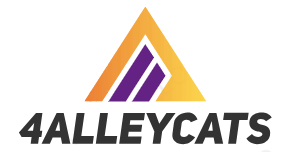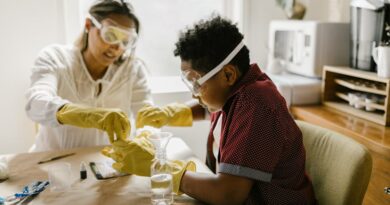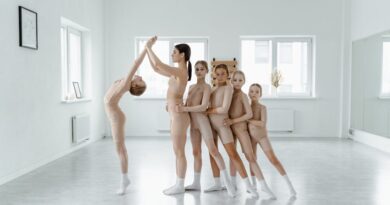Exploring the Intricacies of Arts Education Methods
Art has always been a powerful medium of expression and communication, capable of transcending language barriers and connecting individuals on a deeper emotional level. In the realm of education, incorporating arts into the curriculum has been shown to enhance creativity, critical thinking, and problem-solving skills among students. ‘Arts education methods’ encompass a diverse range of strategies and approaches aimed at fostering artistic skills, appreciation, and understanding among learners of all ages.
Embarking on a journey to unravel the intricacies of ‘Arts education methods’ unveils a rich tapestry of techniques, philosophies, and practices that have evolved over centuries. From traditional forms of artistic instruction to innovative digital platforms, the landscape of arts education is constantly evolving to meet the demands of a rapidly changing world. In this comprehensive guide, we delve into the various facets of arts education methods, exploring their significance, impact, and future directions.
The Historical Evolution of Arts Education

Throughout history, arts education has played a pivotal role in shaping cultural identities, fostering creativity, and preserving traditions. From the ancient civilizations of Egypt and Greece to the Renaissance period in Europe, art has been revered as a medium of self-expression and a reflection of societal values. Formalized systems of arts education began to emerge during the Industrial Revolution, as schools and academies sought to cultivate artistic talent and skills.
One of the most influential movements in arts education was the Bauhaus school in Germany, founded by Walter Gropius in 1919. The Bauhaus approach emphasized the integration of art, craft, and design, advocating for a holistic and interdisciplinary approach to artistic education. This philosophy laid the foundation for modern arts education methods, emphasizing experimentation, collaboration, and innovation.
In the 20th century, progressive educators such as John Dewey and Maria Montessori championed the importance of arts education in fostering holistic development and creativity. Dewey’s concept of ‘learning by doing’ and Montessori’s emphasis on self-directed learning revolutionized traditional pedagogical approaches, paving the way for more student-centered and experiential methods in arts education.
The Role of Arts Education in Cognitive Development
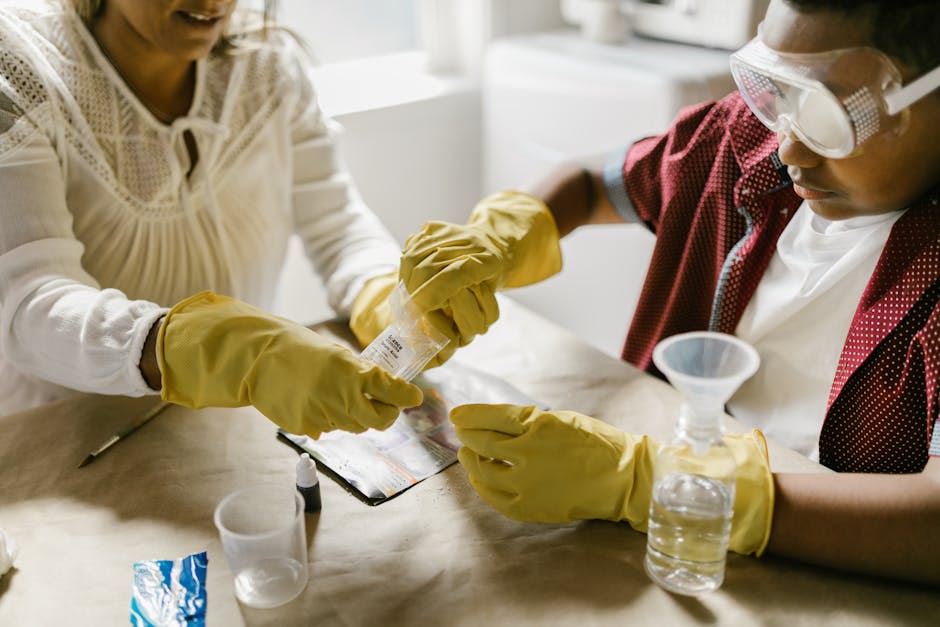
Research has shown that arts education not only enhances artistic skills but also plays a crucial role in cognitive development, emotional intelligence, and social skills. Engaging in artistic activities such as drawing, painting, music, and dance stimulates various regions of the brain, fostering creativity, problem-solving, and critical thinking abilities.
Moreover, arts education has been linked to improved academic performance, higher self-esteem, and enhanced communication skills among students. By encouraging self-expression and exploration, arts education provides a platform for students to discover their unique talents and interests, fostering a sense of identity and empowerment.
One of the key benefits of arts education is its ability to cultivate empathy, compassion, and emotional awareness among learners. Through artistic expression, students are able to explore complex emotions, perspectives, and experiences, developing a deeper understanding of themselves and the world around them. This emotional intelligence is invaluable in fostering positive relationships, effective communication, and social cohesion.
Innovative Approaches to Arts Education
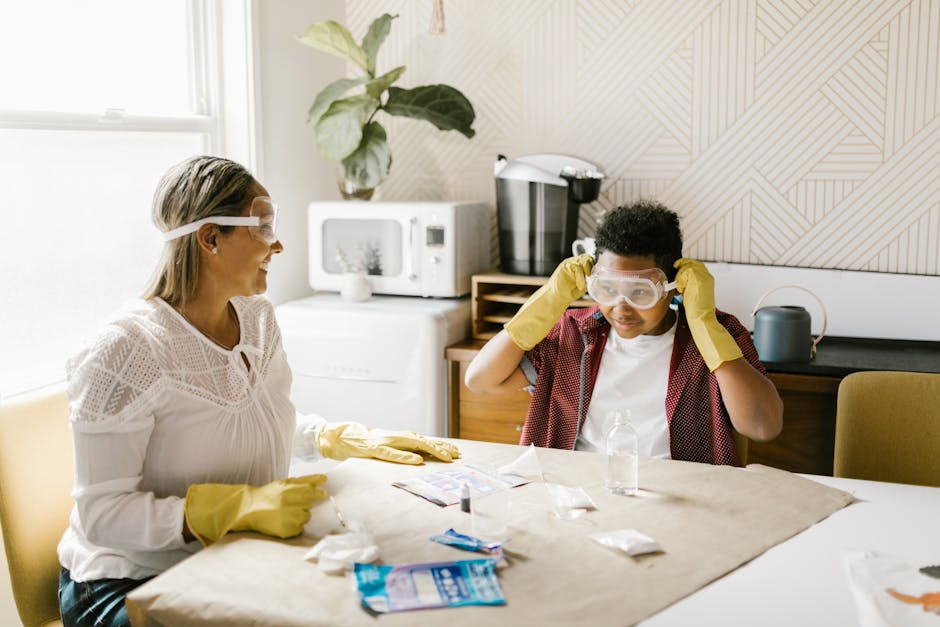
With advancements in technology and pedagogy, arts education methods have evolved to embrace innovative approaches that cater to diverse learning styles and preferences. Digital platforms, virtual reality, and online resources have revolutionized the way arts education is delivered, making it more accessible, interactive, and engaging.
One of the emerging trends in arts education is the use of gamification and interactive technologies to enhance student engagement and motivation. Educational apps, virtual art galleries, and immersive experiences allow students to explore art history, theory, and practice in a dynamic and interactive manner. By gamifying the learning process, educators can create a more stimulating and participatory environment for students to develop their artistic skills.
Another innovative approach to arts education is the integration of STEAM (Science, Technology, Engineering, Arts, and Mathematics) principles into the curriculum. By combining artistic disciplines with scientific and technical concepts, STEAM education promotes interdisciplinary learning, creativity, and problem-solving skills. This holistic approach to education prepares students for the demands of the 21st-century workforce, where creativity, innovation, and adaptability are highly valued.
The Impact of Arts Education on Well-Being and Mental Health
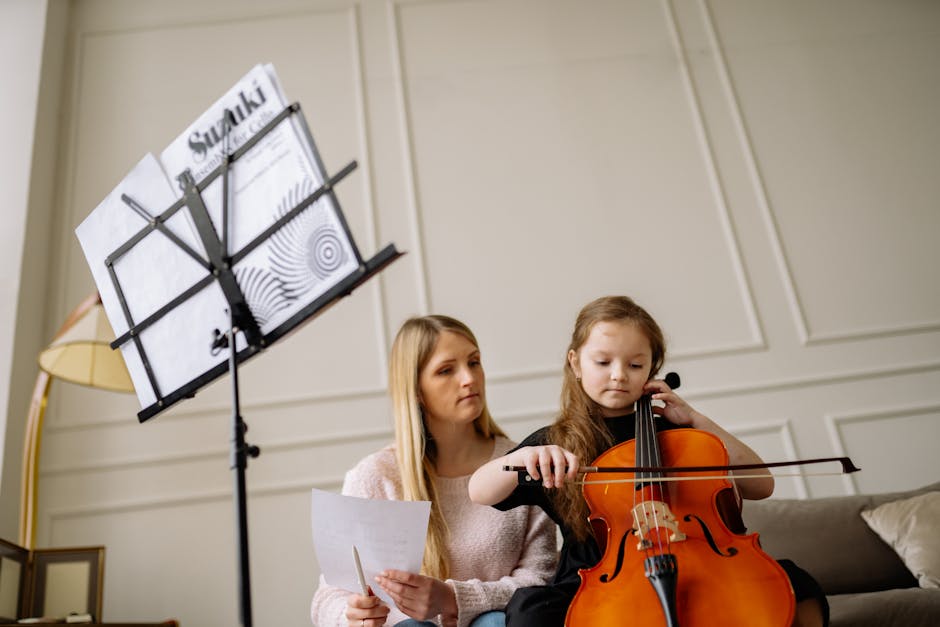
In recent years, there has been a growing recognition of the therapeutic benefits of arts education in promoting mental health and well-being. Art therapy, music therapy, and dance therapy have been used as effective interventions for individuals with various mental health conditions, such as anxiety, depression, and PTSD.
Engaging in artistic activities can provide a cathartic outlet for emotional expression, allowing individuals to process traumatic experiences, reduce stress, and improve coping mechanisms. The creative process of making art has been shown to stimulate the release of endorphins, dopamine, and serotonin, neurotransmitters that are associated with feelings of pleasure, happiness, and relaxation.
Arts education also fosters a sense of community, connection, and belonging among individuals, especially in marginalized or vulnerable populations. Group art projects, collaborative performances, and community art initiatives create a sense of unity and solidarity, promoting social inclusion, diversity, and cultural understanding.
Challenges and Controversies in Arts Education
Despite the numerous benefits of arts education, there are challenges and controversies that continue to shape the landscape of arts education methods. One of the key issues is the marginalization of arts programs in schools, due to budget constraints, standardized testing requirements, and shifting priorities in education policy.
Furthermore, the lack of diversity and representation in arts education curriculum has been a longstanding concern, as marginalized communities and underrepresented voices are often excluded from mainstream artistic narratives. Advocates for arts equity and social justice are calling for more inclusive and culturally responsive arts education methods that reflect the diversity of human experiences and perspectives.
Another contentious issue in arts education is the debate over the role of technology in the creative process. While digital tools and platforms have expanded the possibilities for artistic expression and collaboration, some argue that they may detract from the tactile, sensory experience of traditional art forms. Balancing the benefits of technology with the preservation of artistic traditions and craftsmanship remains a central challenge for educators and practitioners in the field.
Expert Opinions on Arts Education Methods
Renowned art educators and scholars have weighed in on the significance and impact of arts education methods in shaping the next generation of creative thinkers and innovators. Dr. Elliot Eisner, a leading advocate for arts education, emphasizes the importance of aesthetic education in nurturing students’ imaginative and expressive capacities.
In his seminal work, “The Arts and the Creation of Mind,” Dr. Eisner argues that arts education is essential for developing critical thinking, empathy, and cultural literacy, qualities that are indispensable in navigating the complexities of the modern world. By engaging with diverse artistic traditions and practices, students can cultivate a deeper appreciation for the beauty, diversity, and interconnectedness of the human experience.
Similarly, Dr. Sir Ken Robinson, a renowned educator and author, has championed the transformative power of arts education in unlocking individual potential and creativity. In his famous TED Talk, “Do Schools Kill Creativity?” Dr. Robinson argues that traditional educational systems often stifle students’ innate creativity and curiosity, emphasizing the need for more holistic and personalized approaches to learning.
Conclusion: Embracing the Artistic Journey
As we navigate the complex and ever-changing landscape of arts education methods, it is essential to recognize the intrinsic value of creativity, expression, and imagination in shaping the minds and hearts of learners. Arts education is not merely about mastering techniques or producing works of art; it is about fostering a lifelong appreciation for beauty, diversity, and self-expression.
By embracing the artistic journey, we can cultivate empathy, resilience, and cultural understanding, transcending boundaries and forging connections that enrich our lives and communities. Whether through painting, music, dance, or theater, arts education has the power to inspire, uplift, and transform individuals, uniting us in the universal language of creativity and human expression.
As we embark on this artistic odyssey, let us celebrate the myriad forms of artistic expression and education that enrich our lives and expand our horizons. Through the transformative power of the arts, we can unlock our creative potential, unleash our imaginations, and shape a brighter future for generations to come.
